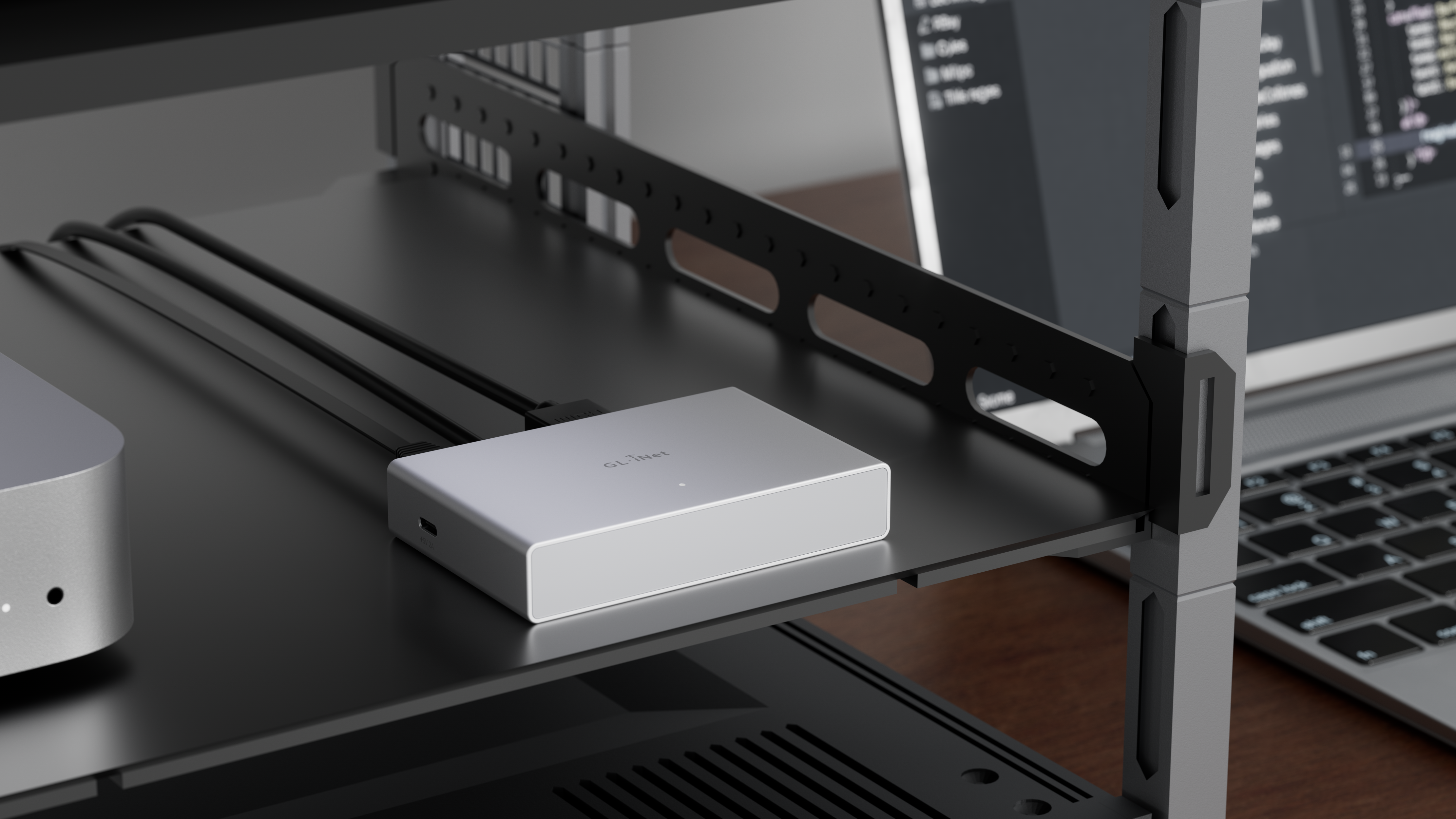Comet PoE (GL-RM1PE) User Guide¶
Comet PoE (GL-RM1PE) is the Power-over-Ethernet version of the Comet (GL-RM1), designed for simplified single-cable setups. The PoE model delivers both power and network connectivity via a single Ethernet cable, reducing cable clutter and simplifying installation, especially in hard-to-reach environments.
In addition, this version upgrades the EMMC capacity to 32GB, making it more capable of handling system logs, recordings, or custom firmware.
